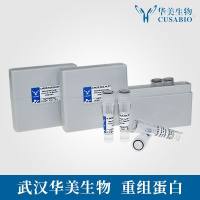Measurement of Glycogen Synthesis and Glycogen Synthase Activity in 3T3-L1 Adipocytes
互联网
570
Insulin stimulates the storage of glucose as glycogen in muscle and adipose tissue through the coordinate increase in glucose uptake and modulation of glycogen metabolizing enzymes (
1
). Insulin binds to its receptor in peripheral tissues and initiates several signaling cascades to increase glucose uptake via translocation of the glucose tranporter-4 (GLUT-4) containing vesicles to the plasma membrane (
see
Fig. 1 ). Glucose enters the cells and is phosphorylated by hexokinases to form glucose-6-phosphate (G6P). Depending on the energy requirements of the cell, G6P can be used to generate ATP via glycolysis or be metabolized to uridine diphospho (UDP)-glucose and stored as glycogen. Measurement of glycogen synthesis rates in cells and tissues is thus a powerful way to examine several insulin metabolic responses simultaneously.
Fig. 1.
Dual effect of insulin on glucose metabolism in peripheral tissues. In skeletal muscle and adipose tissues, binding of insulin to its receptor stimulates GLUT-4 vesicle translocation, increasing glucose uptake and intracellular levels of glucose-6-phosphate (G6P). G6P can be used to generate ATP or be metabolized to form uridine diphospho (UDP)-glucose. Insulin also promotes the dephosphorylation and activation of glycogen synthase, which incorporates UDP-glucose into glycogen chains.








